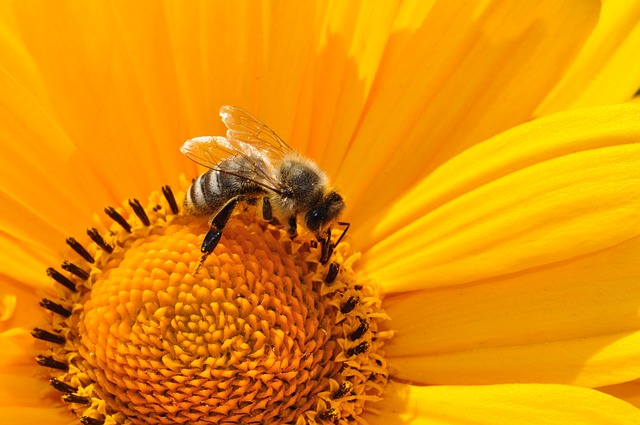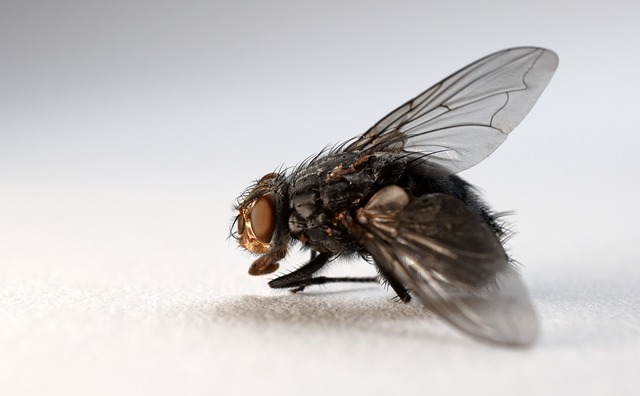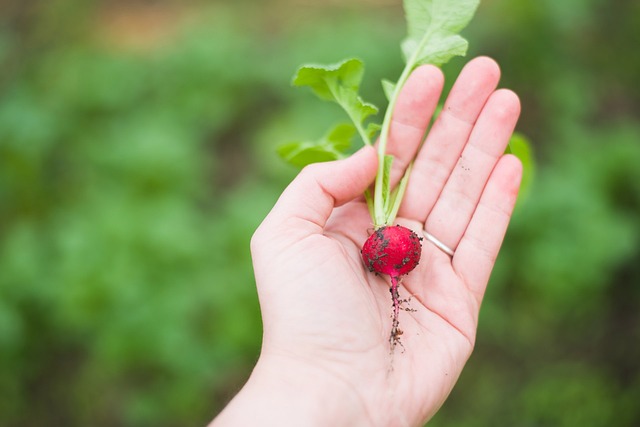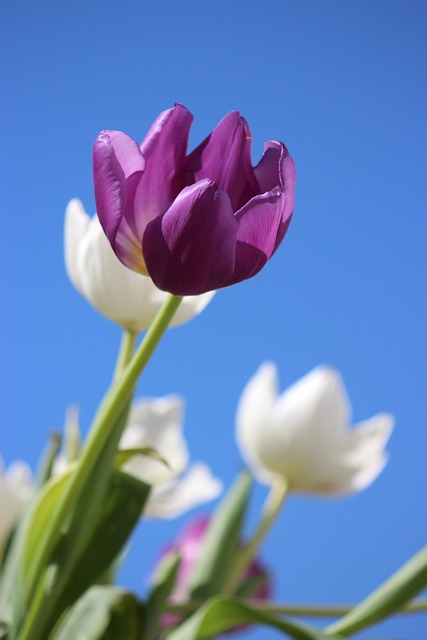
Gardening has been an enjoyable past-time for centuries. Horticulture can simply be a pleasurable hobby, or a primary focus to feed the family. You can get even more joy out of gardening after reading this article.
Gradually acclimate plants to temperature changes and conditions, if you want to avoid shocking them. Put them outdoors in the sun for no more than two hours the first day. Gradually increase the the time they spend outside over a one week period. Once the transition is complete, your plants will probably be able to tolerate the outdoor conditions.
Clay soil can be very hard to work with, and you will often find that it sticks to the shovel. To make digging clay soil easier, try applying a light coating of wax, either car wax or floor wax, and then buff off and commence digging. You will be able to work with the clay more easily, and it will not stick to your shovel.
Plant perennials that slugs and snails won’t be interested in eating. Creatures like snails or slugs can destroy a plant in a single night. Young plants with susceptible leaves are favorite meals for slugs, including those with smoother or thinner leaves. Perennials that are unappetizing in taste, or that have hardened and hairy leaves, are not a favorite of slugs or snails. Examples of these slug-proof plant varieties include achillea, euphorbia, and helleborus, to name a few.
Flower Beds
Plant annuals and biennials to make your flower beds brighter. These usually grow quickly, and provide an easy-to-change solution to making your flower beds bright and beautiful. They allow you to select different flowers from one year or season to the next. They are useful for filling gaps in between shrubs and perennials in sunny areas. Some plants to get you started include petunia, marigold, sunflower, rudbekcia, and cosmos.
It is a good idea to invest in a good pair of knee pads, made specifically for horticulture. They can be very helpful when working close to the ground on low-growth plants. The time that you will have to spend on your knees in your garden can cause you unnecessary knee pain. Pick up a good pair of gardening knee pads to help cushion your knees.
You can use boiling water to get rid of weeds naturally. The safest herbicide that you can probably find is a cup of boiling water. Just pour boiling water directly on top of the weeds cautiously to avoid damaging your plants. Boiling water is not good for the weed roots and will stunt further growth.
To grow peas, try growing them indoors first, instead of outside. Pea seeds germinate better indoors. Your seedlings will be stronger, and this will mean they can withstand diseases and bug attacks. After the seedlings have grown strong indoors, it will be time for you to transplant them to outdoor beds.
Consider planting evergreens that produce berries in your yard. These evergreens will color your lawn, even when other flowers are not blooming. Some evergreens that will add life to your yard in the wintertime are the American Cranberrybush, Common Snowberry, Winterberry, and American holly.
To deter meddlesome dogs from destroying your garden, you should use heavily scented substances around the perimeter. You can even use perfume! This covers up the smells that bring dogs to gardens in the first place, which means dogs are less likely to enter the garden.
If you’re really serious about environmentally-friendly horticulture practices, refrain from developing some of your land and use it as an animal habitat. Wildlife can help the plants in your garden to thrive, as insects support plant reproduction, while the excrement of many species contains nutrients which can help to fertilize your soil.
Add three inches of mulch to your flower beds. By doing this, you can lock in moisture, discourage weed growth, and nourish your plants. What’s more, your garden will look professional all year.
Pine can make surprisingly great mulch. Certain plants are acidic, and thrive in acidic soil. For such plants, pine needles function both as a handy mulch and as a soil amendment to lower the pH. Cover your beds with the needles, as they will decompose and disperse their acid throughout the soil.
One of the most important things to consider when plotting your garden is to make note of your available space. When the garden is bare, it is sometimes hard to envision how much space a mature plant actually needs. You will also need to ensure that you allow ample space around full-grown plants for air circulation. Keep this in mind when appropriating spots to plant your seeds.
If you wish to honestly proclaim your produce to be truly organic, you need to secure organic garden certification. Having certification will increase your sales and verify to your customers that what you are selling is the best produce available.
Organic fruits and vegetables grow without being exposed to pesticides and other chemicals. This provides benefits for your family, but you ought to double check for pests.
Organic Horticulture
Gardening is a good way to connect with nature, but organic horticulture remains the best way to observe natural cycles. Organic horticulture allows you learn the entire plant cycle, from the beginning to the end.
As previously mentioned, horticulture is something that has been enjoyed by many throughout the centuries. A long time ago, it was often the only way to feed yourself and family. Today, horticulture is still done for need but also for profit and pleasure. Read on to find tips and tricks to help you turn horticulture from a chore to a joy. Learn to appreciate the simple rewards horticulture offers!









